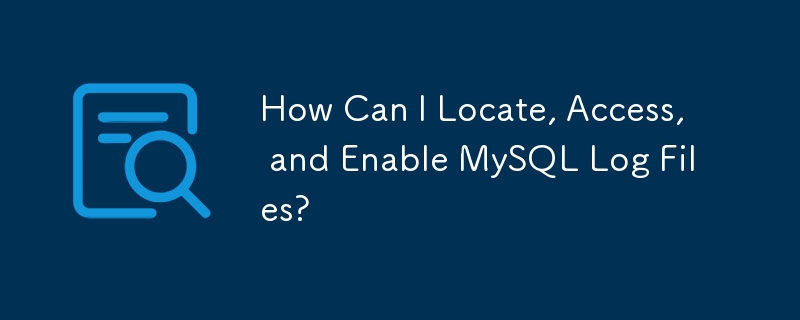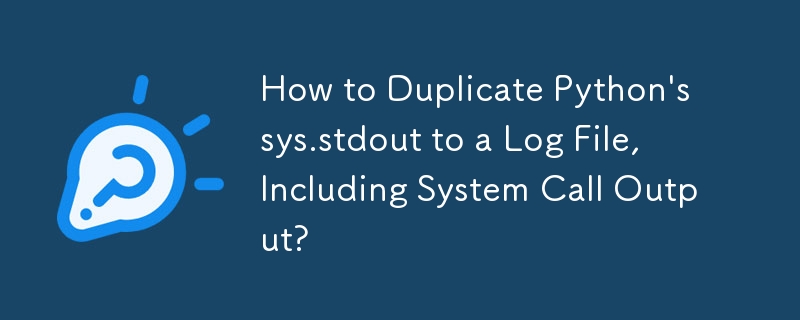Found a total of 10000 related content
Kibana Logstash Elasticsearch log query system, kibanalogstash
Article Introduction:Kibana Logstash Elasticsearch log query system, kibanalogstash. Kibana Logstash Elasticsearch log query system. The purpose of kibanalogstash to build this platform is to facilitate log query for operation, maintenance and research and development. Kibana is a free web shell;
2016-07-06
comment 0
1083

What impact does Debian log level setting have on the system
Article Introduction:The log level settings of the Debian system directly affect the system's operating efficiency, security and problem-solving capabilities. This article explains the Debian log level settings and their impact in detail. Log level Detailed explanation The log level determines the level of detailed information recorded by the system. The higher the level, the less information recorded, and vice versa. Common log levels (from low to high) include: emerg (emerg): system crashes and need to be handled immediately. alert: Serious problem, immediate action is required. crit: Critical error, affecting system functions. err(err): Error, but the system can still run. warning: potential problems that may lead to errors.
2025-04-02
comment 0
470


How to configure Golang log level in Debian system
Article Introduction:To configure the log level of the Golang application on the Debian system, you need to follow the following steps: Select the log library: First, select the appropriate log library. The Go standard library's log packages are simple to use, while third-party libraries such as logrus and zap provide more powerful features and performance. Set log level: Set the corresponding log level according to the selected log library. The settings of different libraries vary. The log package using the standard library logGo standard library does not directly support the log level, but can be simulated by custom output formats. The following example demonstrates how to control output based on a preset level: packagemainimport("log""os"
2025-04-12
comment 0
738

Design a system for processing large log files.
Article Introduction:The article discusses designing a system for processing large log files using a multi-tiered architecture. Key issues include scalability, real-time processing, and security.(159 characters)
2025-03-31
comment 0
858

How to integrate Golang log management tools in Debian system
Article Introduction:Integrate Go language log management tools on the Debian system. The steps are as follows: 1. Install the Go locale First, make sure that your Debian system has Go installed. If not installed, execute the following command: sudoaptupdatesudoaptinstallgolang-go Verification Installation: Goversion 2. Select logging tool Go language has a variety of logging tools, such as logrus, zap, zerolog, etc. This article takes logrus as an example. 3. Install logrus using goget command to install: gogetgithub.com/sirupsen/logrus IV. Configuration l
2025-04-12
comment 0
544


How to troubleshoot CentOS MongoDB
Article Introduction:MongoDB troubleshooting guide for CentOS System This article provides a systematic step to help you effectively troubleshoot MongoDB database problems on CentOS system. Follow the steps below to make the diagnosis step by step and carefully check the results of each step. 1. Check the system log First, check whether there are error messages related to MongoDB in the system log: Use the journalctl-xe command to view the system log and filter the entries containing the keyword "mongodb". Check the MongoDB log file /var/log/mongodb/mongod.log directly, which usually contains detailed error information and operation records. 2. Check
2025-04-14
comment 0
388

How to solve CentOS system failure
Article Introduction:There are many ways to solve CentOS system failures. Here are some common steps and techniques: 1. Check the log file /var/log/messages: system log, which contains various system events. /var/log/secure: Security-related logs, such as SSH login attempts. /var/log/httpd/error_log: If you use the Apache server, there will be an error message here. 2. Use the diagnostic tool dmesg: display the contents of the kernel ring buffer, which helps understand hardware and driver questions
2025-04-14
comment 0
1091

What are the key information in the Debian logs that cannot be ignored
Article Introduction:The log files of the Debian system are valuable resources for system administrators and developers to diagnose problems and monitor the operating status of the system. This article will focus on some key log information that cannot be ignored. Core system logs (usually located in /var/log/syslog or /var/log/messages) These logs record the core activities of the system, including: system startup and shutdown events: log kernel version, hardware detection results, etc., to help track startup failures or shutdown exceptions. Hardware failure alerts: such as disk errors, memory problems, etc., to promptly detect potential hardware problems. Service status changes: Record the service start, stop and restart events to facilitate monitoring of the service's health. User login/logout history:
2025-04-02
comment 0
702

How to troubleshoot Debian syslog
Article Introduction:The Syslog service of the Debian system is responsible for recording and managing system logs and is an important tool for diagnosing system failures. By analyzing the logs, you can effectively troubleshoot hardware problems, software errors and security events. The following steps and commands will guide you how to use DebianSyslog for troubleshooting: 1. View the system log in real time to view the latest log: Use the tail-f/var/log/syslog command to monitor the real-time update of the system log, which is convenient for observing system events and error information. View kernel logs: Use the dmesg command to view the detailed log information of the kernel, which helps to discover problems with the underlying hardware or drivers. Use journalctl(systemd
2025-04-13
comment 0
514


How Can I Efficiently Tail Log Files in Python?
Article Introduction:Tailing Log Files in Python: A Modern ApproachIntroductionTailing log files is a common task in system administration. In Python, the ability to...
2024-11-11
comment 0
365


How to prevent Debian Apache log security issues
Article Introduction:Strengthening the security of DebianApache server logs requires collaborative efforts from multiple aspects. The following strategies can effectively reduce security risks: 1. Log monitoring and analysis Automated log analysis: Use logcheck, logrotate and other tools to regularly check and analyze logs to promptly detect suspicious activities and potential attacks. Real-time monitoring system: Establish a log monitoring system, such as ELKStack (Elasticsearch, Logstash, Kibana), to realize real-time monitoring and analysis of log data. 2. Strict permission settings for log file permissions: Reasonably set log file permissions, such as using chmod640/var/log
2025-04-13
comment 0
432


How to implement the logging system in C?
Article Introduction:Implementing an efficient and flexible logging system in C can use the following steps: 1. Define log classes and process log information at different levels; 2. Use policy mode to achieve multi-objective output; 3. Ensure thread safety through mutex locks; 4. Use lock-free queues for performance optimization. This can build a log system that meets the needs of actual application.
2025-05-23
comment 0
498


















